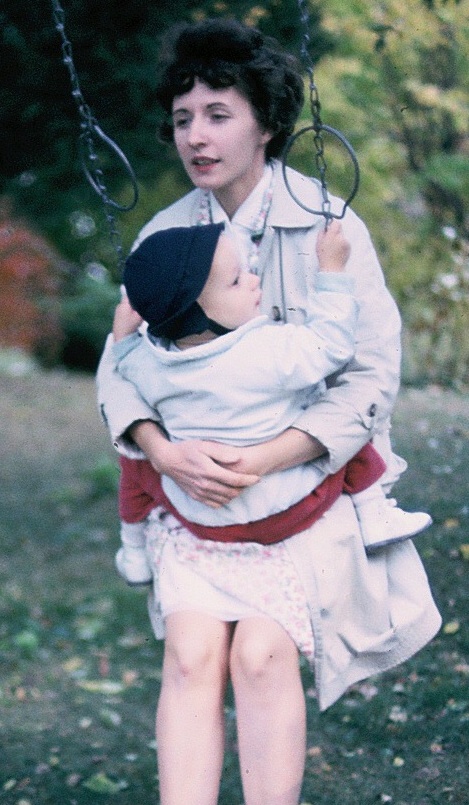
I don’t know of anyone who admits they like to be controlled, nor do I know many who like to admit they control others. However, that is what architects and other designers do for a living, perhaps not directly, but it can’t be avoided. We control people’s movements by creating doorways and passages that access various spaces.
We design gates and thresholds to keep people in … or certain people out. We decide what people will see and experience when they look out a window … or what people are able to see when they look in. We can impact what people hear and the quality of the air they breathe. We determine how much light there is in a room and the quality of that light. We greatly impact people’s physical and mental comfort. We determine the capacities and deep structure of a particular space which, in turn, determines what is possible … and so on. It is an awesome and powerful responsibility that many of us do not take seriously enough.
For me the most important issue is the designer’s motivation. More specifically, are they working in the best interests of the people that will ultimately inhabit the spaces they design? My mother, shown here, was a kindergarten teacher for more than 30 years, and she was a kindergarten teacher in and out of the classroom. She fiercely defended children with their safety and wellbeing in mind. She never used the word “no.” I witnessed her spend countless hours reorganizing spaces for the kids in her class or for grandchildren arriving for a visit. She did this so the children could freely explore and learn with a limited number of rules or restrictions.
It is hard for some to imagine, but my mother literally never said “no.” She was, however, extremely skilled in the art of redirection. When a child was engaged in inappropriate or harmful behavior she would get them interested in some constructive activity. She was a masterful teacher, a wonderful mother and grandmother.
I want to design like my mother. I don’t want to say “no.” I want to inspire and unlock people’s curiosity and feed their imaginations. I want to redirect their attention to things that make their life better and worth living. I want to design spaces that facilitate safe, productive and respectful interaction with others. I want to build spaces that are affordable, accessible and can be sustained without undue burden. I also want to know when to stop “designing” and step away so the inhabitants can possess the space and make it their own. I want the people that use the spaces I design to have the things they need to grow and prosper. Probably the most difficult aspiration is to design into each space an appropriate amount of resistance to promote growth and maturity. Simply accommodating people’s every need and desire may appear gracious but ultimately does not produce a healthy, supportive, productive environment.

what a beautiful tribute to your mother David….to be raised by loving intelligent parents in probably the number one gift one can be given in life 🙂
Here’s to Dave’s mom…so thoughtful and respectful! You are a lucky guy! Blessings abound! 🌸🌸
What a thoughtful legacy of remembrance, Dave.
As the son of an Architect (and also a first grade teacher) this really resonates. I plan to share with my Dad, who I know will appreciate the depth of your thinking behind what it means to be an Architect!